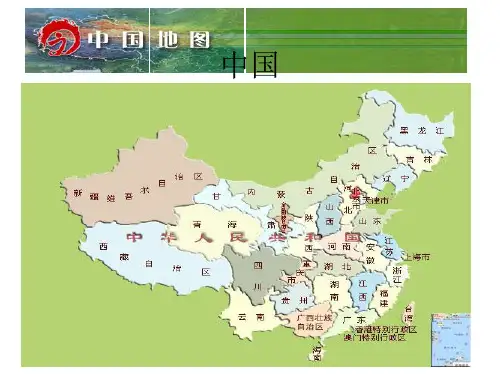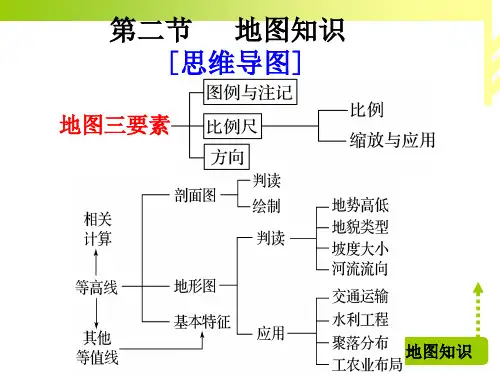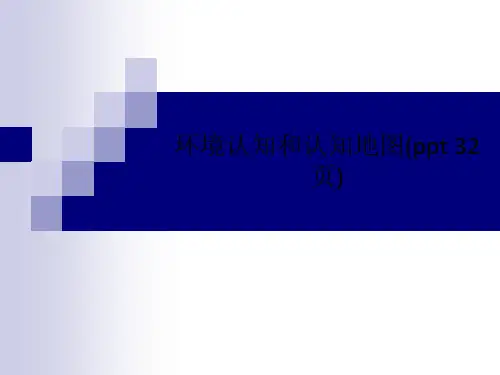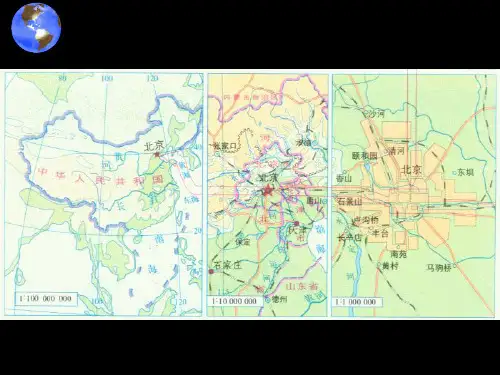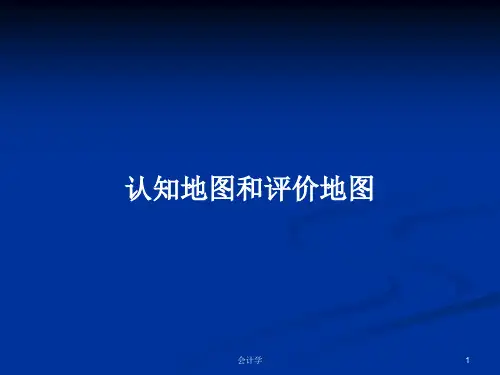bahrick198319crosssectional横断面研究横断面研究横断面研究crosscrosssectionalstudysectionalstudy是是按照事先设计的要求在某一人群中应用按照事先设计的要求在某一人群中应用普普查查和和抽样调查抽样调查的方法收集特定时间内疾的方法收集特定时间内疾病的描述性资料其描述疾病的分布和病的描述性资料其描述疾病的分布和或观察某些因素与疾病之间的关系或观察某些因素与疾病之间的关系
long-term memory长效机制下的研究
• The research reported here deals with the acquisition of spatial information about a city during a 4-year period of residence, and the subsequent loss of this information over a period of 46 years. The investigation differs in several ways from earlier work on environmental cognition. Earlier investigations have emphasized the acquisition process, but have provided little information about long-term retention. This is a study of long-term memory. Other major differences are methodological. • The present study involves the administration of 5 subtests, which yield 23 indicants of knowledge. The interrelations among these indicants provide a broad view of the available spatial information. Finally the method of cross-sectional adjustment (Bahrick, 1979) is used in an attempt to compensate for the lack of control over variables of acquisition and of rehearsal. The cognitive map of a city has special appeal to us as a vehicle for the study of long-term ecological memory because this type of knowledge requires the integration of linguistic with nonlanguage encoded information. The content areas that we had previously investigated were either based completely on language (the retention of the Spanish language) or they largely excluded linguistic organization, for example, memory for people’s faces (Bahrick, Bahrick, & Wittlinger, 1975; Bahrick, 1983). 目前的研究涉及5项内容,涉及23个指标。这些指标之间的相互关系提供的可用空 间信息一览无余。 最后,横断面调整方法(巴利克,1979)是用来弥补在变量的采 集控制的缺乏和排练。一个城市的认知地图 对我们作为长期生态记忆研究车辆特殊 的吸引力,因为这类知识需要语言与非语言编码的信息集成我们先前调查的耳鼻喉 领域,要么完全基于语言(保留西班牙语)或他们在很大程度上被排除在语言组织, 例如,记忆 人民的面孔(bahrick,bahrick & wittlinger,1975;bahrick,1983)




